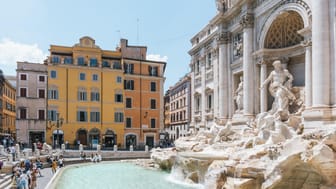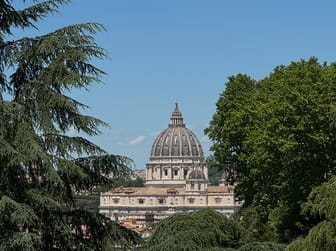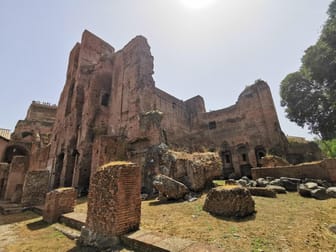Basilica di Santa Sabina all'Aventino
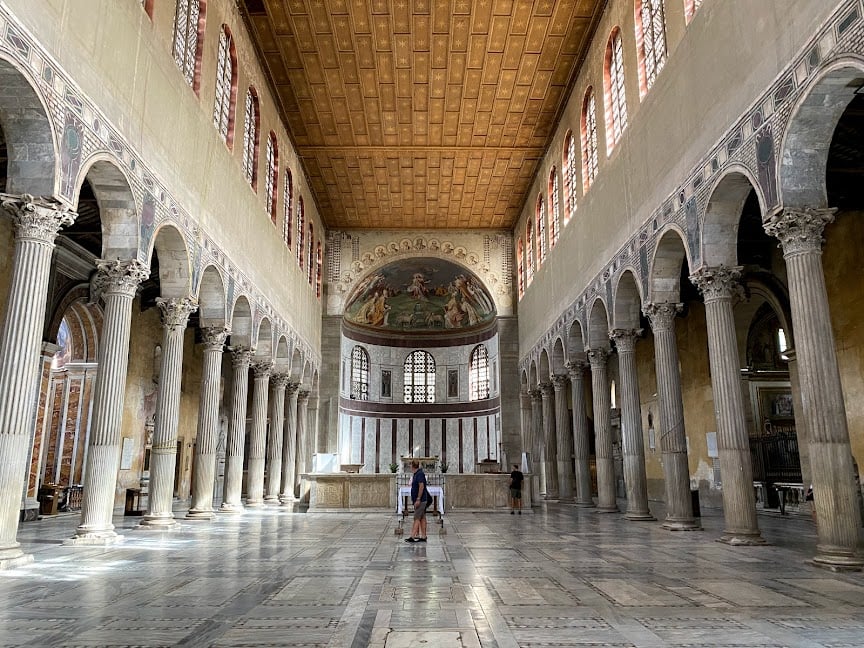
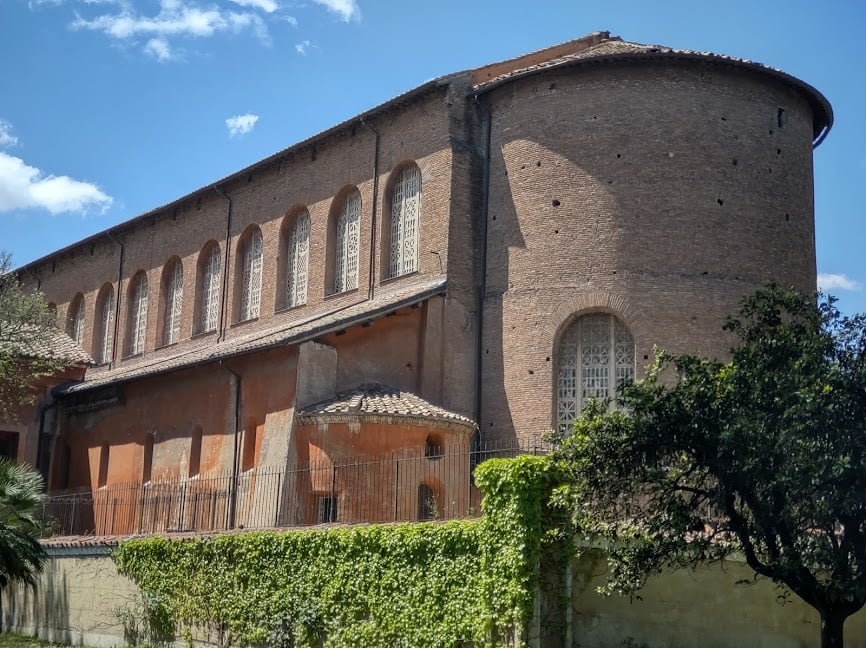
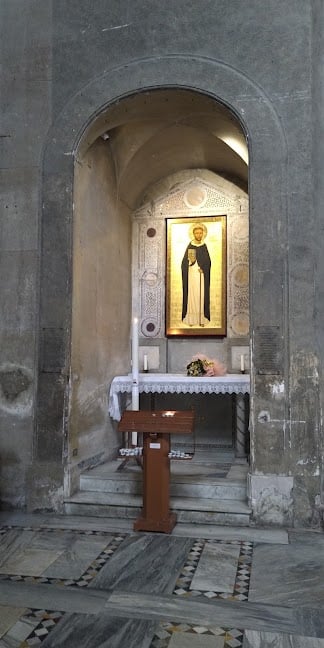
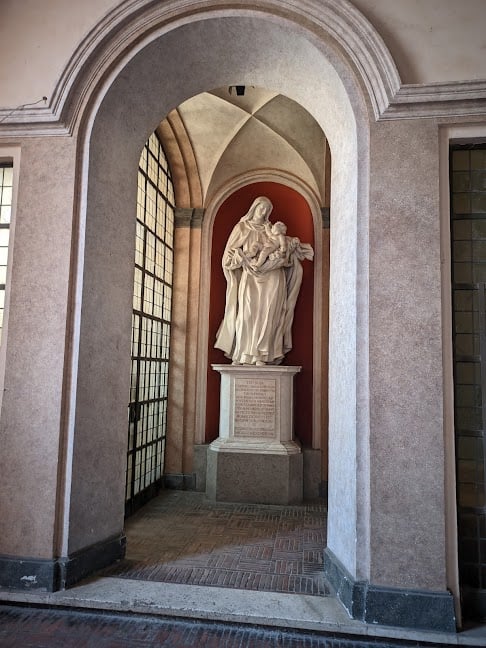
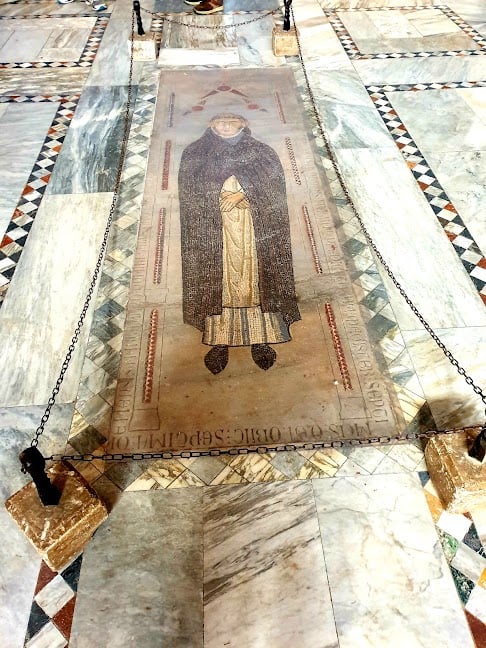
Ask ThatchGPT
Suggest a local expert to plan my trip
Suggest an unique itinerary for my Italy trip
What foods do Italy locals eat
What are some true hidden gems in Italy
Help me brainstorm trip ideas for Italy
Help me plan a family-friendly trip to Italy
What people say
Pedro Pereira
Available for hire
"The Basilica di Santa Sabina, also known as the Basilica of Saint Sabina, is a historic church perched atop Rome's Aventine Hill. Steeped in history and architectural significance, this church is a must-see for anyone interested in early Christian basilicas and religious art.
Construction of Santa Sabina dates back to the 5th century AD, commissioned by a priest named Peter of Illyria. The church stands on the site of a much older Roman house, once belonging to a noblewoman named Sabina. Interestingly, Santa Sabina holds the distinction of being the oldest extant church in Rome that preserves its original rectangular plan. This means the central nave, flanked aisles, and apse remain largely unchanged from its initial construction. The architectural style reflects the simplicity and functionality of early Christian basilicas.
Beyond its historical significance, Santa Sabina is also the mother church of the Dominican Order, also known as the Order of Preachers, founded by Saint Dominic in the 13th century. Stepping inside the church, visitors are greeted by a sense of both grandeur and restraint. The facade features a row of 21 Romanesque-style arches, adding a touch of elegance to the exterior. Inside, the nave is separated from the aisles by rows of 24 ancient columns. Believed to be remnants of a nearby temple dedicated to Juno Regina, these spolia columns (architectural elements reused from earlier structures) serve as a fascinating link to the distant past.
Another noteworthy feature is the wooden trussed roof, a rarity in Roman churches. This unique element adds to the historical significance of Santa Sabina. Art lovers will find themselves drawn to the beautiful Cosmatesque pavement in the apse. This decorative technique utilizes geometric patterns of colored marble, creating a visually stunning focal point. The 13th-century wooden choir stalls, along with paintings and frescoes depicting biblical scenes and the lives of saints, further enrich the interior.
Santa Sabina is open to the public and offers free admission. While a popular tourist destination, it's not usually overwhelmingly crowded. Opening hours typically range from morning to late afternoon, with a closure during the midday heat. It's always a good idea to check the official website or a reliable guide for the most current information before your visit. When entering the church, remember to dress modestly, covering shoulders and knees, as is customary in most Italian churches.
An interesting fact to note is that the orange grove bordering the grounds of Santa Sabina belongs to the neighboring Giardino degli Aranci park. This creates a delightful contrast between the man-made beauty of the basilica and the natural world outside. If you're interested in Roman history, early Christian architecture, or simply beautiful churches, then the Basilica di Santa Sabina is sure to leave a lasting impression."
Read more in:
Linda Miller
"The Basilica di Santa Sabina all'Aventino is a Roman Catholic basilica located on the Aventine Hill in Rome. It is one of the oldest surviving churches in Rome and is a UNESCO World Heritage Site.
The basilica was founded in the 5th century by Peter of Illyria, a Dalmatian priest. It was dedicated to Saint Sabina, a Roman matron who was martyred in the 3rd century.
The basilica is a three-aisled structure with a nave (central part of a church), two aisles, and an apse (an area with a domed roof usually containing the altar). The nave is divided by 24 Corinthian columns, which support a clerestory, a windowed wall that is carried higher than the surrounding roofs to light the interior space. The apse is decorated with a mosaic depicting the Virgin Mary and Child.
The basilica is known for its beautiful mosaics, which were created in the 6th century. The mosaics in the nave depict scenes from the Old and New Testaments.
The basilica is also home to a number of other notable artworks, including a wooden door from the 6th century and a pulpit from the 13th century.
Here are some tips for visiting the Basilica di Santa Sabina:
The basilica is open from 7:00 a.m. to 7:00 p.m.
Admission is free.
The best time to visit is in the morning or evening, when the crowds are smaller.
"
Read more in:
Thomas Hill
Available for hire
"A historic church on the Aventine hill, it is a titular minor basilica and mother church of the roman catholic order of Preachers, better known as Dominicans. The church was built in the 5th century on the site of early imperial houses, one of which is said to be of Sabina, a roman matron. The church was renovated all the way through to the 17th century."
Read more in:
Mentioned in these guides
About Basilica di Santa Sabina all'Aventino
Get the inside scoop on Basilica di Santa Sabina all'Aventino from local experts, travel creators, and tastemakers. Browse genuine trip notes, Basilica di Santa Sabina all'Aventino reviews, photos, travel guides, and itineraries from real travelers and plan your trip with confidence.
Phone
Save this spot for later or start mapping out a new trip today
Try our AI Travel Assistant and get instant answers to any questions about your trip.
Ask ThatchGPT
